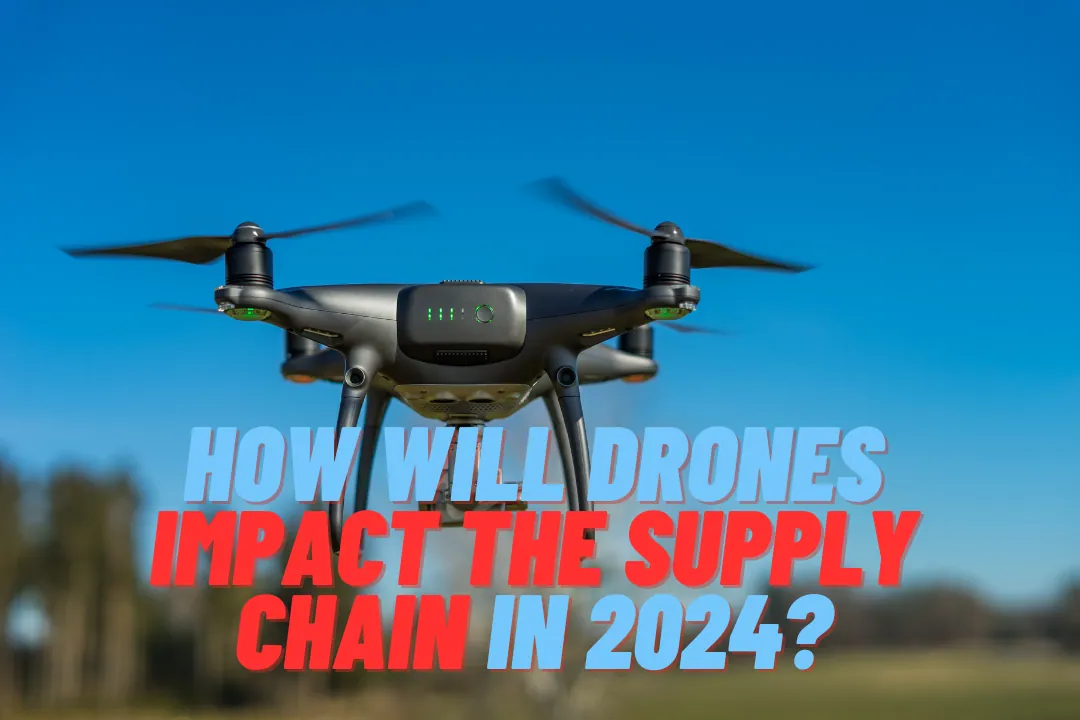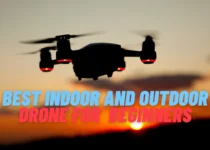Beginner FPV Drones In 2024 (a comprehensive guide for newbies)

What is FPV (First Person View)
Almost every child in his childhood wishes to become a fighter jet pilot. For that reason, parents buy him a fighter jet toy and the child assumes that he is flying a jet while sitting in a cockpit. FPV is the first-person view, which allows anyone to imagine flying in the air.
a guy wishing to become a car racer can also find himself steering and driving through tough terrain and rocky mountainous tracks through the FPV system. Although car racing is a risky thing for unprofessional people, that risk can be minimized while enjoying and fulfilling their ambitions with the FPV system.
But to put it in plain language, you put a camera on a remotely controlled vehicle that transmits the video it captures, in real-time to a display that you look at while you are controlling the vehicle.
technically you could install the FPV system on any remote-controlled vehicle such as an RC car, RC boat, or RC airplane but here it’s all about FPV Drones.
What are FPV Drones?
simply put, it is a drone that gives a first-person view. Or a camera mounted on a drone transmits a video to the display that you are looking at, in real-time.
Drones have been used in multiple ways in today’s global world. But FPV drones are built for capturing freestyle, cinematic shots even for racing purposes.
1. Freestyle FPV Drones
freestyle is the way to express oneself by flowing through the winds, and movement of your drones even by pulling off some amazing tricks with your Fpv drones.
Like a skateboarder tearing up a half-pipe or a dancer moving to the music. Freestyle is all about the sharp movements taking sharp turns while recording them in novel frames. One can call freestyle a physics-defying performance of FPV Drones.
2. Cinematic FPV Drones
Cinematic FPV drones are a bit steady. they don’t take such sharp turns as freestyle FPV drones take. Indeed, cinematic FPV drones try to capture the breathtaking scenery and gigantic plains with their stability and calmness.
Cinematic Fpv drone pilots try to avoid public attention to the drones by keeping them quiet with as little movement as possible.
3. Racing FPV Drones
numerous racing events are taking place all around the globe, where FPV drones take part to win the race. Drones racing is like car racing, where pilots have to cross a finishing line while dodging the obstacles coming in their way.
There are different types of races for an FPV drone
1. Rotorcross: two or more racers compete to cross the finish line first. Crashes happen, but the most exciting format.
2. Drag Race: two more racers compete to see who accelerates faster in a short distance usually 100 meters.
3. Time Trial: each drone runs the course alone, and the shortest time taken, wins.
Some of the FPV drone racing leagues popping up around the globe :
here we provide you with a list of drone racing leagues that are being held all around the world.
Each league has its own rules and regulations about the type of drones (standard or specially built), rules of combat, race environment, etc.
1. Aerial Action Sports League: a 3 hr stunt drone or combat drone event
2. MultiGP: FPV drones only, started in 2015, adding US city chapters now.
3. FPVRacing TV: a social network of racers organized into a team. Especially built drones are used mostly
4. Aerial Grand Prix: Indoor and outdoor racing tracks, along with gates and flags for leagues featuring 250 mini, Pro supermini, and custom-built drones.
5. RacingFPV.com: Canadian indoor racing league for 250mm and specially built drones, flags, and gates are used
6. Drone Derby
7. DroneNationals
Types of FPV Drones
- Ready to fly
- Assemble to fly
1. Ready to fly FPV Drones
Ready-to-fly FPV Drones are defined by their names. You get one, open the box, charge the batteries, and start flying.
here are some of the popular ready-to-fly fPV Drones in the market for the past few years.
1 Blade inductrix FPV: popular and cheap mini drone, possesses 720px FPV camera, interactive software with an excellent controller. Tiny and tough one.
2 Eachine Wizard X220 FPV: fast (68 mph) and affordable, this tiny fpv drone offers great value with fun and lots of upgrades.
3 Walkers 220 FPV: another amazing ready to fly fpv drone available
4 Diatone Crusader GT2 200: one of the fastest ready-to-fly FTP drones you can buy. Not cheap!
5 Vortex 250 Pro: This is a tough drone and easy to repair at a low cost.
have a look at this amazing video of QAV250 and Storm Type A racing on a woody track on youtube.com.
2. Assemble To Fly FPV Drones
However, you can also assemble or modify your drones based on your requirements. A typical ATF quadcopter has to have the following components in its package :
– Airframe
– 4 motors + spares
– 4 ESCs + spares
– 4 props + lots of spares
– RC flight controller
– Lithium polymer (LiPo) battery + spares
– FPV video transmitter (vTx) plus receiver (vRx)
– Radio control transmitter (Tx) plus receiver (Rx)
– Antennas
– Battery straps
– FPV goggles
– Board camera for FPV feed
– HD camera for recording (optional because adds weight)
Improving the performance of FPV racing drones
generally, the performance can be enhanced by upgrading the following components
– propellers ( lift power)
– flight control software
– flight control hardware
– ESCs ( maneuverability plus motor response time )
– motors (lift power, reliability )
furthermore, reducing the drone’s weight is another factor to improve race performance. You should pay special attention to each of the following components in your aircraft.
– frame
-motor
-battery
-propellors
-landing gear
-harnesses
-motor mounts
Replacement Of Parts
if you are going to participate in a race, you will be needing lots of replacements for the parts of your drone.
Because an accident happens, the thing breaks when they fall out of the sky.
in general, you will replace some parts or others after every race, but propellers are the most replaced parts by the pilots. Other than that pilots bring a couple of ESCs, motors, and at least 2 or 3 pre-charged batteries in every race.



